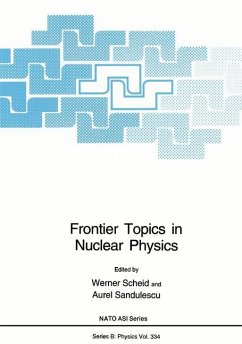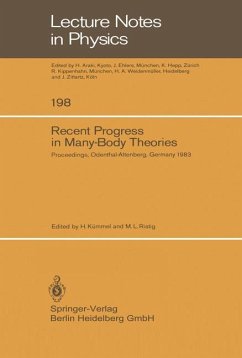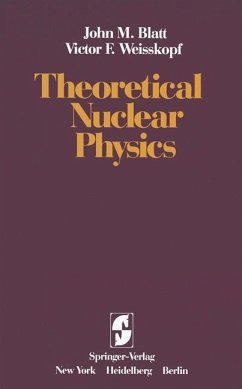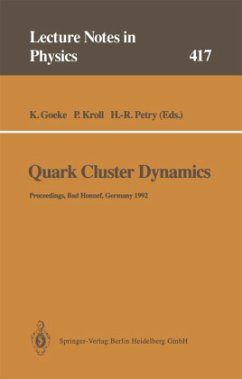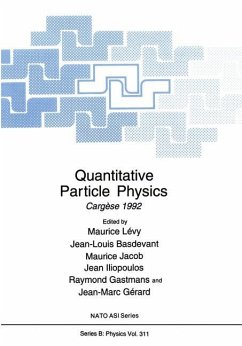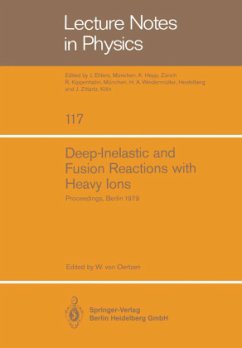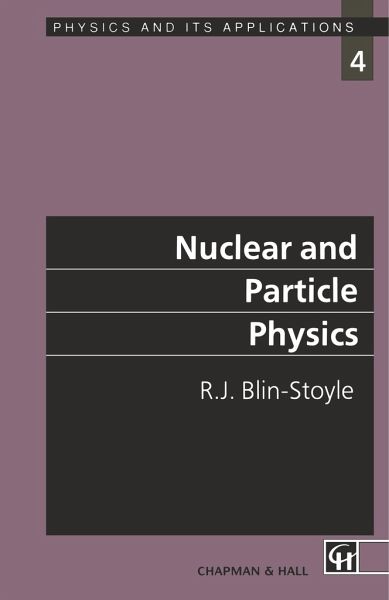
Nuclear and Particle Physics

PAYBACK Punkte
19 °P sammeln!
This book is intended to give a clear and concise introductory account of the basic ideas underlying nuclear and elementary particle physics. The attempt throughout is to convey a sound physical understanding of the structures and processes encountered. It assumes some knowledge of elementary quantum mechanics, particularly the treatment of angular momentum, and the rudiments of special relativity. In addition to 'standard' calculations based on this knowledge, frequent use is made of 'order-of-magnitude' and 'dimensional' arguments. In this way it has been possible to give some discussion of ...
This book is intended to give a clear and concise introductory account of the basic ideas underlying nuclear and elementary particle physics. The attempt throughout is to convey a sound physical understanding of the structures and processes encountered. It assumes some knowledge of elementary quantum mechanics, particularly the treatment of angular momentum, and the rudiments of special relativity. In addition to 'standard' calculations based on this knowledge, frequent use is made of 'order-of-magnitude' and 'dimensional' arguments. In this way it has been possible to give some discussion of quite advanced topics and recent developments. Although reference is made from time to time to the apparatus of nuclear and particle physics no technical detail is given. My basic hope is that students using this book will acquire a sound understand ing of what nuclear and particle physics is about and will wish to learn more. I am indebted to Dr David Bailin and various (nameless) referees for penetrating and helpful comments on parts of the text.





